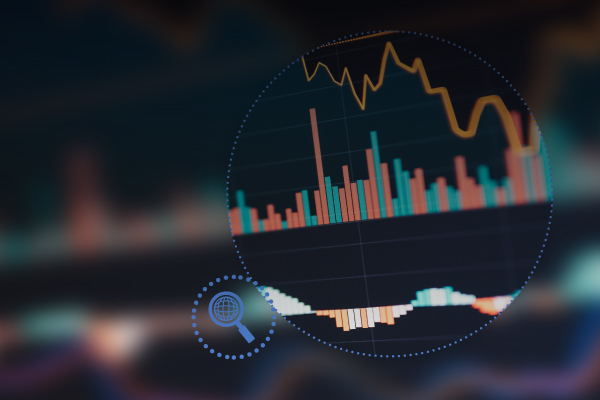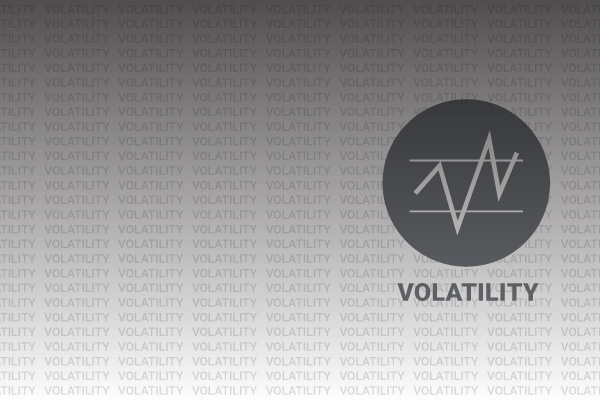From equities and fixed income to commercial real estate, ESG and climate change, join us as we explore the issues global investors are talking about and uncover insights from industry experts that help keep it all in perspective.
Research and Insights promo large
Get the whole picture and stay on top of global markets. Quarterly insights bring macro-level investment trends, ESG and climate investing and the equity and fixed income markets In Focus for investors.

The paper highlights trends that will shape the environment for investors and companies in the year ahead.

While there is a robust set of ESG data and metrics to analyze portfolios, many investors want to know how much their ESG strategies are contributing to overall portfolio risk and return. You can now access updated insights from past research with answers to some of the most common client questions.

Thematic investing is a top-down investment approach that relies on research to explore macroeconomic, geopolitical and technological trends. These trends encompass long-term, structural shifts arising from new business models, disruptive technologies and changing consumer tastes and behaviors—megatrends that have the potential to change whole industries and shape the way we will live, work, travel and treat disease in the future.

This is the third instalment of our ‘Fact(or) Fiction?’ series, which aims to debunk some common myths around factor investing. In this instalment, we explore the simple concepts that underpin factor investing.

An objective gauge of the contribution by the world’s public companies to total carbon emissions and their progress toward a net-zero economy.
An objective gauge of the contribution by the world’s public companies to total carbon emissions and their progress toward a net-zero economy.
After the market dislocation of 2023, investors will be hoping for a calmer 2024 in commercial real estate. We identify five key influences to help investors navigate the challenges and opportunities ahead.























